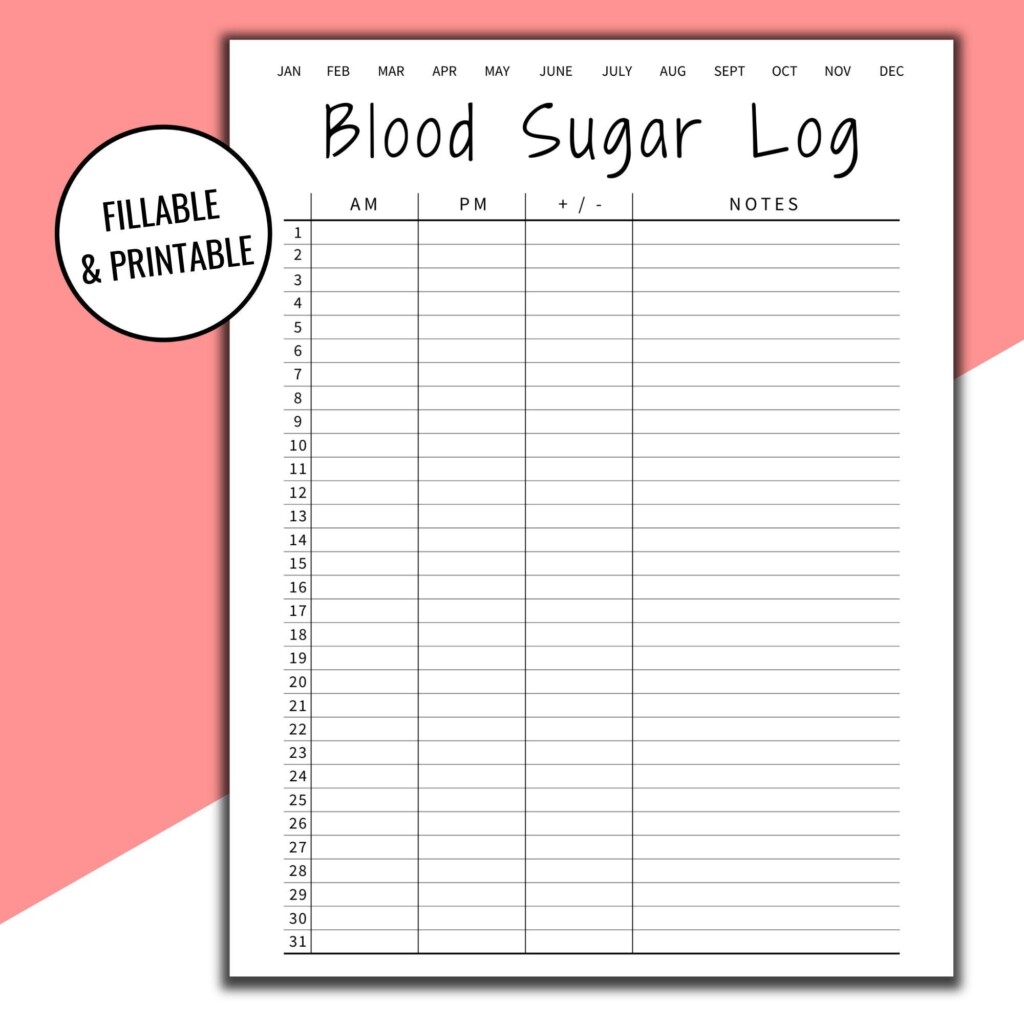A printable blood sugar tracker is a tool used to monitor and track blood glucose levels over time. It is often used by individuals with diabetes to keep track of their blood sugar readings and identify patterns or trends that may impact their health. With a printable blood sugar tracker, users can easily record their blood sugar levels throughout the day and share the information with their healthcare provider for better management of their condition.
Printable blood sugar trackers come in various formats, including daily, weekly, and monthly templates. These trackers typically include spaces to record blood sugar readings before and after meals, as well as any medications taken or activities performed that may affect blood sugar levels. Some trackers also include spaces to note symptoms, such as dizziness or fatigue, that may indicate fluctuations in blood sugar levels.
Benefits of Using a Printable Blood Sugar Tracker
There are several benefits to using a printable blood sugar tracker. First and foremost, tracking blood sugar levels can help individuals with diabetes better understand how their body responds to different foods, medications, and activities. By identifying patterns or trends in their blood sugar readings, users can make informed decisions about their diet, exercise, and medication regimen to better manage their condition.
Additionally, a printable blood sugar tracker can help users stay organized and accountable for monitoring their blood sugar levels regularly. By recording their readings consistently, individuals can track their progress over time and make adjustments as needed to maintain optimal blood sugar control. Furthermore, sharing data from a blood sugar tracker with healthcare providers can facilitate more personalized treatment plans and improve overall health outcomes for individuals with diabetes.
How to Use a Printable Blood Sugar Tracker
Using a printable blood sugar tracker is simple and straightforward. Start by downloading or printing a blood sugar tracker template that suits your needs, whether it’s a daily, weekly, or monthly format. Next, record your blood sugar readings at the specified times throughout the day, along with any relevant information such as meals, medications, and activities.
Be consistent with tracking your blood sugar levels and review your data regularly to identify any patterns or trends. If you notice any significant fluctuations or unusual readings, consult with your healthcare provider to discuss potential reasons and adjustments to your diabetes management plan. Remember to bring your blood sugar tracker to your appointments to share with your healthcare team for a more comprehensive assessment of your diabetes control.
